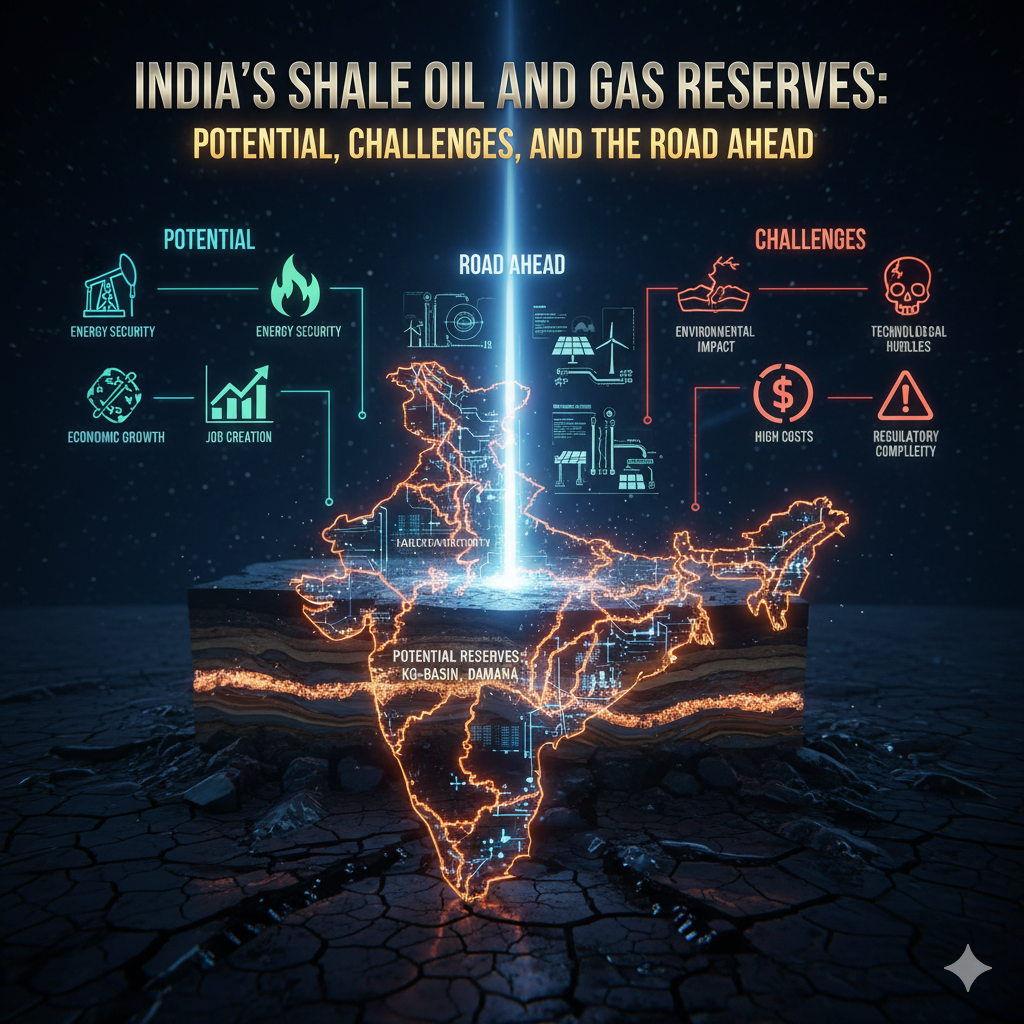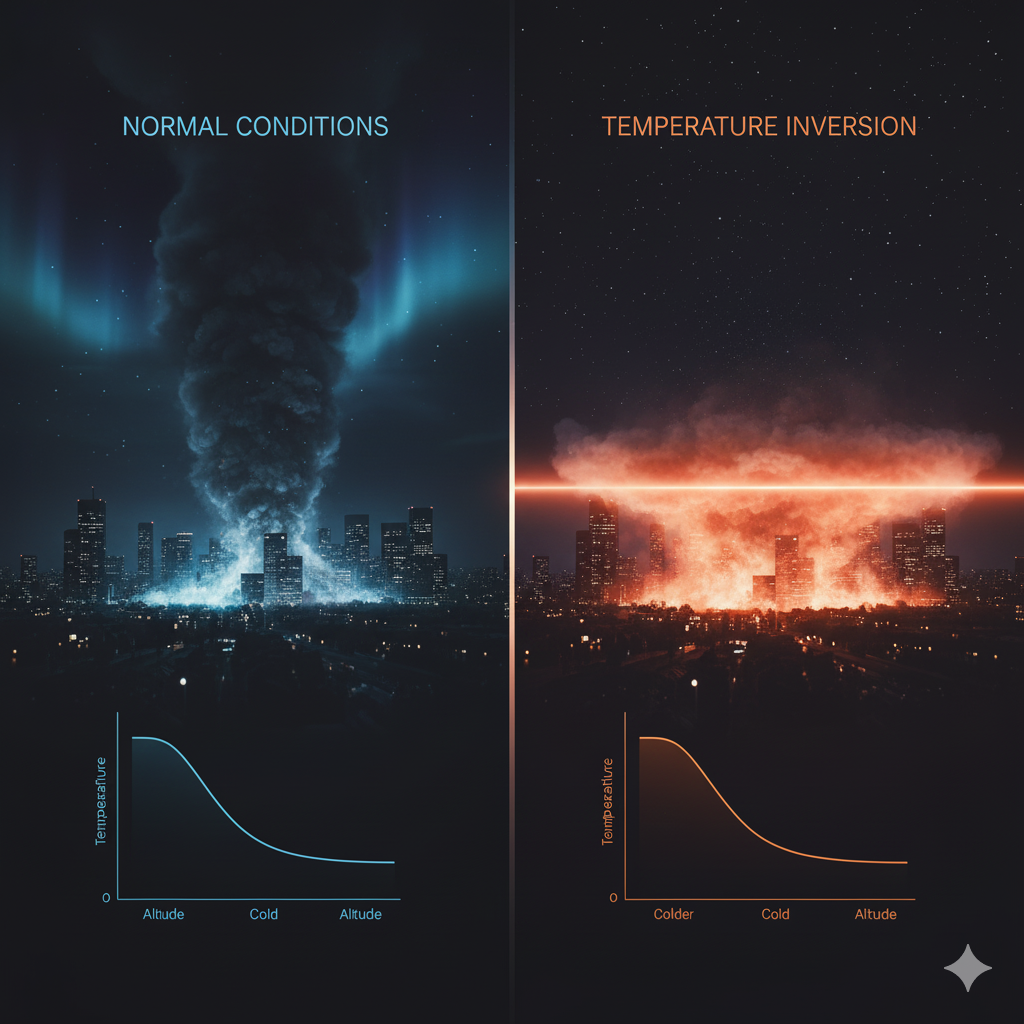Tropical cyclones are one of the most powerful and destructive natural phenomena on Earth. These intense low-pressure systems are capable of causing widespread damage, with their impact often extending to large coastal areas and even affecting inland regions. Understanding their origin, structure, and associated weather is crucial for disaster preparedness and mitigation. This article will delve into the causes of tropical cyclones, their structure, and the types of weather they bring, offering a comprehensive understanding of this natural hazard.
Origin of Tropical Cyclones
Tropical cyclones form in tropical and subtropical regions, typically between 5° and 30° latitude in both hemispheres. The conditions required for their development are specific, involving factors such as warm ocean water, low vertical wind shear, and a pre-existing weather disturbance. The following elements are essential for the formation of tropical cyclones:
- Warm Ocean Water: Tropical cyclones require sea surface temperatures of at least 26.5°C (79.7°F) to a depth of around 50 meters. Warm water provides the heat and moisture needed to fuel the cyclone’s development. As the sun heats the ocean, water evaporates and rises, creating a warm, moist air mass.
- Atmospheric Instability: The warm, moist air that rises from the ocean’s surface leads to atmospheric instability. When this moist air cools at higher altitudes, it condenses, releasing latent heat, which further warms the surrounding air. This process creates a cycle of rising air and descending air that enhances the storm’s development.
- Low Vertical Wind Shear: Wind shear refers to the change in speed or direction of winds at different altitudes. Tropical cyclones need low vertical wind shear, meaning that winds at various levels of the atmosphere should not differ greatly. High wind shear can disrupt the symmetry of the developing storm, inhibiting its growth. Low wind shear, on the other hand, allows the cyclone to maintain its structure and intensify.
- A Pre-Existing Disturbance: A tropical cyclone typically originates from a pre-existing weather disturbance, such as a tropical wave or low-pressure area. These disturbances serve as a starting point for the cyclone’s formation, providing the necessary convergence of air that can lead to a storm system.
- Coriolis Effect: The Coriolis effect, caused by the Earth’s rotation, is crucial for the development of a tropical cyclone. This effect causes the moving air to spiral, giving the system its characteristic rotation. In the Northern Hemisphere, cyclones rotate counterclockwise, while in the Southern Hemisphere, they rotate clockwise.
Once these conditions are met, a tropical depression can form. With further strengthening, it can become a tropical storm and, eventually, a full-fledged tropical cyclone (hurricane in the Atlantic and Northeast Pacific, typhoon in the Northwest Pacific, and cyclone in the South Pacific and Indian Ocean).
Structure of Tropical Cyclones
The structure of a tropical cyclone is highly organized and symmetrical. It is characterized by distinct features that define its powerful and destructive nature. Understanding these components is essential for recognizing the storm’s intensity and potential impact.
- Eye: The eye is the center of the tropical cyclone and is typically calm and clear. It forms due to the rising warm air from the ocean, which creates a low-pressure center. As the air rises, it cools and condenses, leading to the creation of thunderstorms that form the outer structure of the cyclone. This process results in a central region of sinking air, leading to calm conditions. The eye is usually about 30 to 65 kilometers (19 to 40 miles) in diameter but can vary in size depending on the strength of the cyclone.
- Eye Wall: Surrounding the eye is the eye wall, which is the most dangerous part of the cyclone. The eye wall is a ring of intense thunderstorms and the highest winds, typically exceeding 120 kilometers per hour (75 miles per hour) or more. It contains the highest concentration of convection, which is responsible for producing the storm’s most severe weather. The strongest winds and heaviest rainfall occur in the eye wall.
- Rainbands: Rainbands are spiral bands of thunderstorms that extend outward from the eye. These bands contain showers, thunderstorms, and heavy rain and are responsible for the storm’s precipitation. Although the winds in the rainbands are not as strong as in the eye wall, they can still cause significant rainfall, flooding, and wind damage. Rainbands are typically spaced at intervals of 100 to 200 kilometers (62 to 124 miles) from the center of the storm.
- Outflow: As warm air rises in the cyclone’s core, cooler air must exit at the upper levels. This process is known as outflow, and it helps to maintain the cyclone’s circulation. The outflow is often evident as an expanding cloud cover at high altitudes, and it plays a crucial role in sustaining the low-pressure center and the storm’s strength.
- Warm Core: Tropical cyclones are characterized by a warm core, meaning that the temperature is warmer at the storm’s center compared to the surrounding environment. This is a defining characteristic that distinguishes tropical cyclones from mid-latitude cyclones, which have cold cores.
The intensity and size of the cyclone are influenced by the size of the eye and the strength of the eye wall. Larger eyes typically indicate weaker cyclones, while smaller, more tightly defined eyes usually indicate stronger, more intense cyclones.
Weather Associated with Tropical Cyclones
Tropical cyclones bring extreme weather, which can have devastating impacts on the regions they affect. These weather phenomena are responsible for the cyclone’s destructive power, and their intensity can vary depending on the strength of the storm.
- High Winds: One of the most immediate and dangerous impacts of tropical cyclones is the high winds that accompany them. The winds in a tropical cyclone can reach speeds of over 250 kilometers per hour (155 miles per hour) in the most intense storms. These winds can cause extensive damage to buildings, infrastructure, and vegetation, as well as result in flying debris that poses a significant risk to life and property.
- Heavy Rainfall and Flooding: Tropical cyclones are also known for producing heavy rainfall. The rainbands surrounding the eye of the cyclone can dump large amounts of rain on affected areas, often causing widespread flooding. The heavy rain associated with cyclones can overwhelm drainage systems, leading to flash floods and riverine floods. Coastal areas are particularly vulnerable to storm surges, which can push seawater inland, exacerbating flooding.
- Storm Surge: A storm surge is a rise in seawater level caused by the winds and low-pressure center of the tropical cyclone. As the cyclone moves over the ocean, its winds push seawater toward the coast, leading to a rise in water levels. Storm surges are one of the most dangerous aspects of tropical cyclones because they can inundate low-lying coastal areas with saltwater, causing widespread damage to homes, infrastructure, and ecosystems. Storm surge is often more destructive than the cyclone’s winds, particularly in regions with shallow coastal waters.
- Tornadoes: Tropical cyclones can also spawn tornadoes, particularly in the outer rainbands of the storm. These tornadoes are typically weaker than those associated with severe thunderstorms, but they can still cause localized damage. Tornadoes form in the spiral bands of the cyclone, where the winds create strong shear and updrafts.
- Pressure Drop and Temperature Change: As a tropical cyclone approaches, the atmospheric pressure drops significantly. This drop in pressure is felt most intensely near the eye of the cyclone. The pressure difference between the center and the surrounding areas is what drives the powerful winds of the cyclone. In addition to the pressure drop, the temperature can also change, with temperatures often rising slightly as warm, moist air is drawn into the storm.
- Dissipation of Cyclones: Tropical cyclones do not last forever. As they move away from warm ocean waters, they begin to lose their primary energy source. Without warm water to fuel them, cyclones gradually weaken, and their winds and rain decrease in intensity. They also lose their organization, and the storm eventually dissipates as it moves over land or cooler waters. When cyclones weaken, they can sometimes transition into mid-latitude weather systems.
Conclusion
Tropical cyclones are complex systems that result from a combination of warm ocean waters, atmospheric instability, low wind shear, and a pre-existing disturbance. Their structure, including the eye, eye wall, and rainbands, contributes to the immense energy and destructive weather they bring, such as high winds, heavy rainfall, storm surges, and flooding. These storms are not only a testament to the power of nature but also a reminder of the importance of understanding their dynamics in order to prepare for their impacts.
By studying the origin, structure, and associated weather patterns of tropical cyclones, meteorologists can predict their behavior and issue warnings to vulnerable areas. This knowledge is crucial for minimizing damage, saving lives, and enhancing the resilience of communities to the devastating effects of tropical cyclones.




